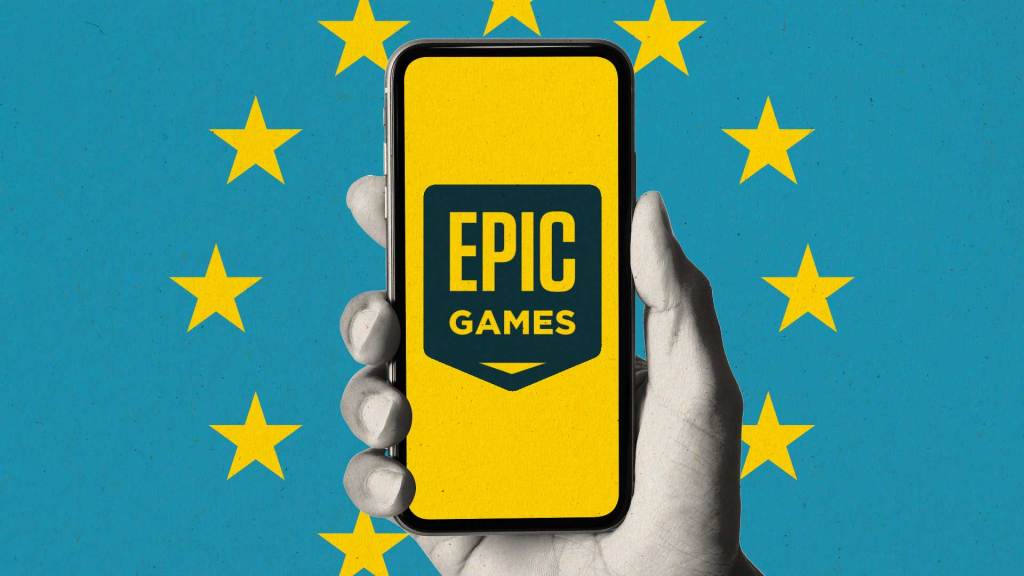High-Resolution 8K Has Its Places, but TV Might Not Be One of Them
In this article
This week the nonprofit 8K Association released a white paper touting the high-res format, with its feeling of “immersion” and “super realism,” as well as a global education and promotion campaign aimed at wider adoption of 8K content, products and services.
The report identifies a range of potential opportunities for 8K, which represents four times the resolution of 4K and 16 times that of Full HD.
But TV in the U.S. market might not be one of them, at least not anytime soon. Separately, the latest research from the Consumer Technology Association projects that 8K for the home will remain a specialty, premium large-screen device for the foreseeable future.
Just an estimated 82 displays have been shipped to U.S. dealers in 2024 and 309 expected in 2025, accounting for less than 1% of the total TV market, despite the fact that major set makers including LG, Samsung and Sony have developed premium large-screen 8K displays.
There’s also limited focus on 8K broadcasting and broadcast content. Earlier this year, tech developer Haivision polled broadcast industry professionals, asking them to select which three technologies will have the biggest effect on broadcast production in the next five years. Only 14% selected 8K as one of their responses. (Topping the list, with 60% of respondents, was AI and machine learning.)
Meanwhile, there’s early work being done in streaming, with the 8K Association white paper identifying limited current uses, such as for select YouTube content and PC gaming.
Some of the latest tech was tested last month with participating stakeholders including Intel, which involved streaming portions of the Paris Olympics in 8K at 60fps (frames per second) and in HDR, using the newest video compression standard known as Versatile Video Coding, or H.266. In addition to these demonstrations, Japan public broadcaster NHK and Brazil’s TV Globo made select 8K Paris Olympics coverage available to their viewers.
While 8K content is limited, the capabilities are expanding, for instance with 8K-supported tech now available from camera makers such as RED/Nikon, Blackmagic, Panavision and Sony as well as editing and postproduction software developers including Adobe, Apple and Avid.
The 8K Association report also cites 8K processing advancements from the likes of Intel and Nvidia. In addition to TVs and home projectors, it identifies supported devices such as smartphones and tablets.
But other areas where 8K (or higher-resolution) content could be making its mark include commercial venues such as the Las Vegas Sphere. Its dazzling shows draw huge crowds, as the Sphere’s interior and exterior both offer wraparound 16K x 16K LED displays. The first movie made for Sphere, Darren Aronofsky’s “Postcard From Earth,” was shot primarily with the Sphere’s bespoke 18K Big Sky Camera.
Other commercial displays that approach or exceed 8K resolution, according to the 8K Association report, can be found at venues including Mercedes-Benz Stadium in Atlanta, the Marriott Marquis in New York’s Times Square and the Comcast Experience, located in the lobby of Philadelphia’s Comcast Center.
Expect more discussion on this subject when stakeholders gather for next month’s global IBC (International Broadcasting Convention) in Amsterdam.









